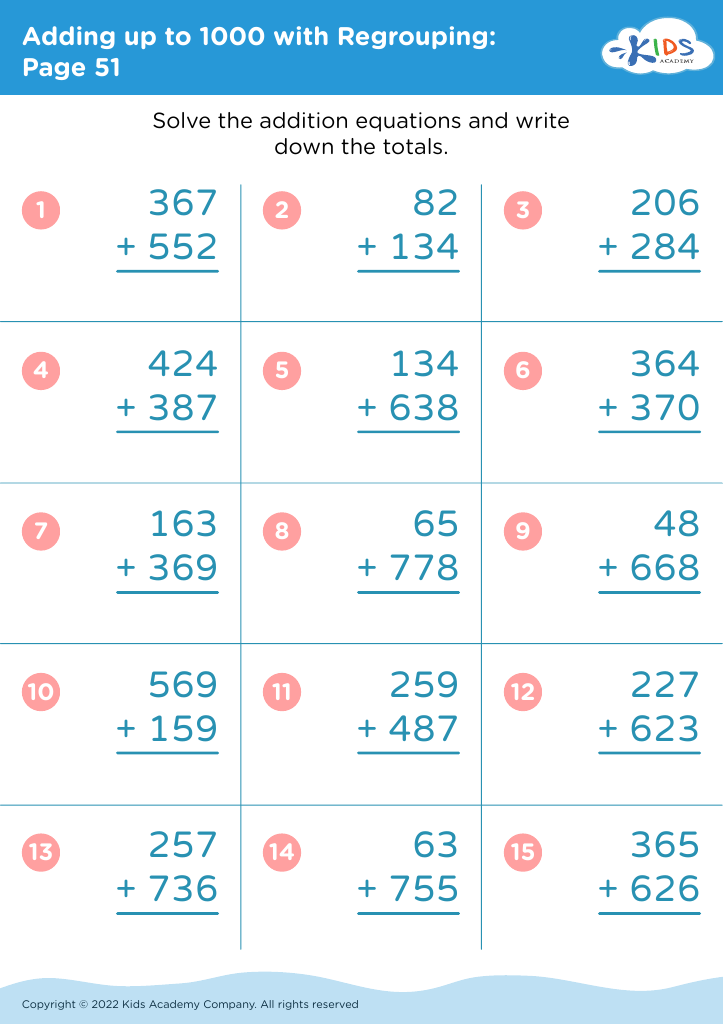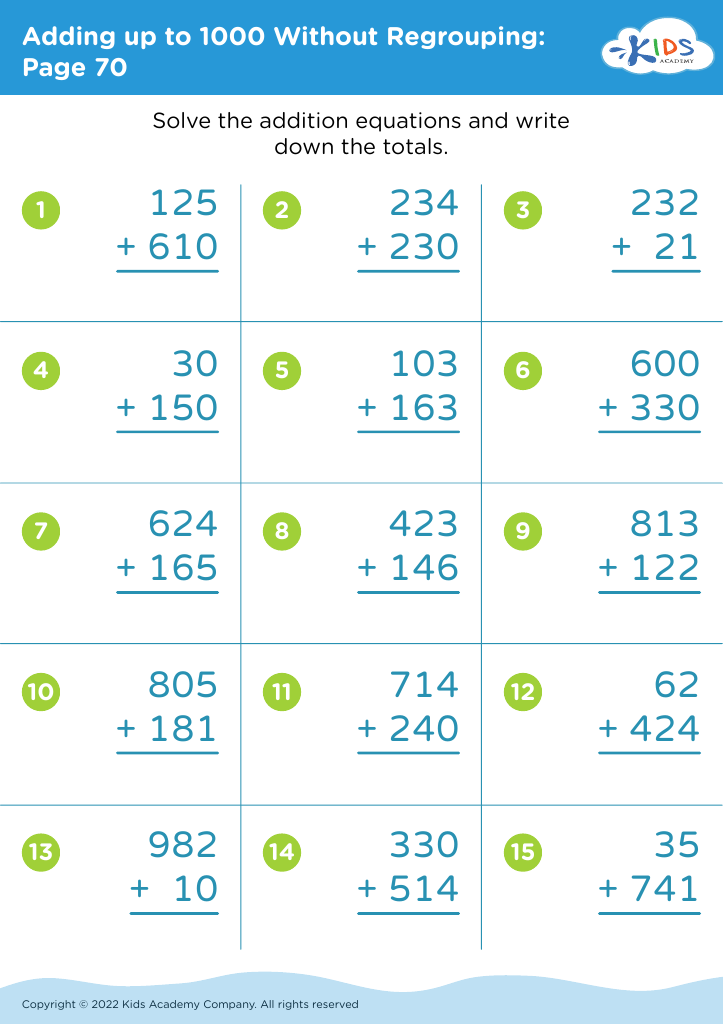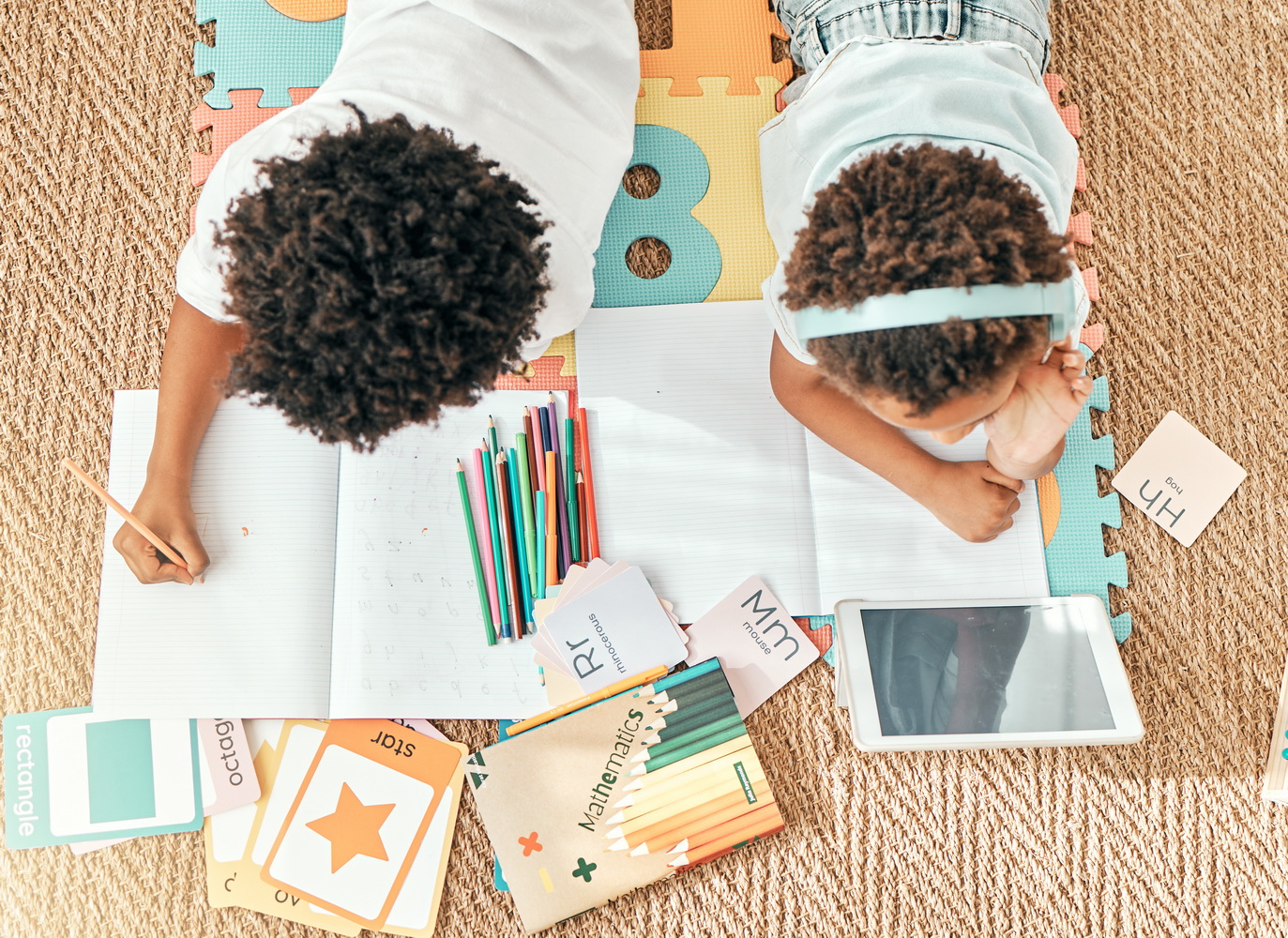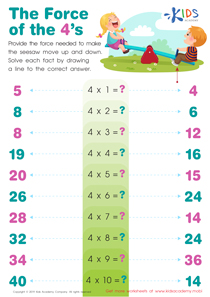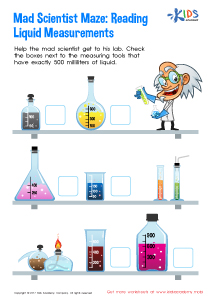Understanding quantity Grade 3 Addition & Subtraction Worksheets
4 filtered results
-
From - To
Unlock the secrets of quantity with our Grade 3 Addition and Subtraction worksheets, designed to strengthen students' foundational math skills! These engaging worksheets focus on enhancing students' understanding of quantity through interactive exercises that promote counting, comparing, and calculating. Students will practice recognizing numbers in various forms, developing their ability to add and subtract efficiently. Each worksheet includes practical examples and vivid visuals, making math relatable and fun! Ideal for classroom use or at-home practice, these resources help build confidence and mastery in essential math concepts. Explore our worksheets to support your child's journey towards math success today!
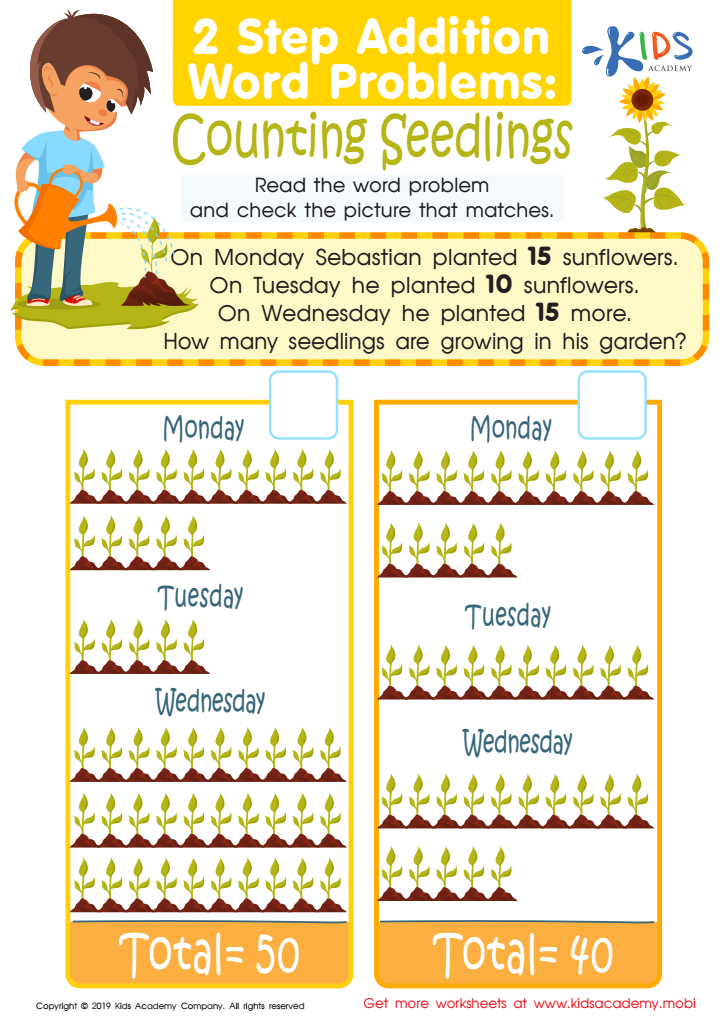

Counting Seedlings Worksheet
Understanding quantity and mastering addition and subtraction concepts in Grade 3 are crucial for several reasons. At this age, children begin to develop more advanced mathematical thinking, moving beyond mere computation to understand the "why" behind mathematical principles. This understanding aids in fostering critical thinking and problem-solving skills, essential for higher-level math and daily life applications.
When parents and teachers focus on developing a child's quantity sense, they help children grasp the relationships between numbers, which promotes flexibility in calculations. For instance, recognizing that 15 is 10 plus 5 or 20 minus 5 enhances their ability to solve diverse problems without relying on rote methods. This flexibility aids their confidence and efficiency in math.
Additionally, a strong foundation in these early conceptions of quantity enhances students' capacity for more complex operations later on, laying the groundwork for multiplication, division, and even fractions. Encouraging a growth mindset around mathematical skills can demystify math-related anxieties and promote a love for learning. Ultimately, understanding quantity in these foundational years empowers children not only in school but also in real-world situations, preparing them for a future that demands quantitative literacy.
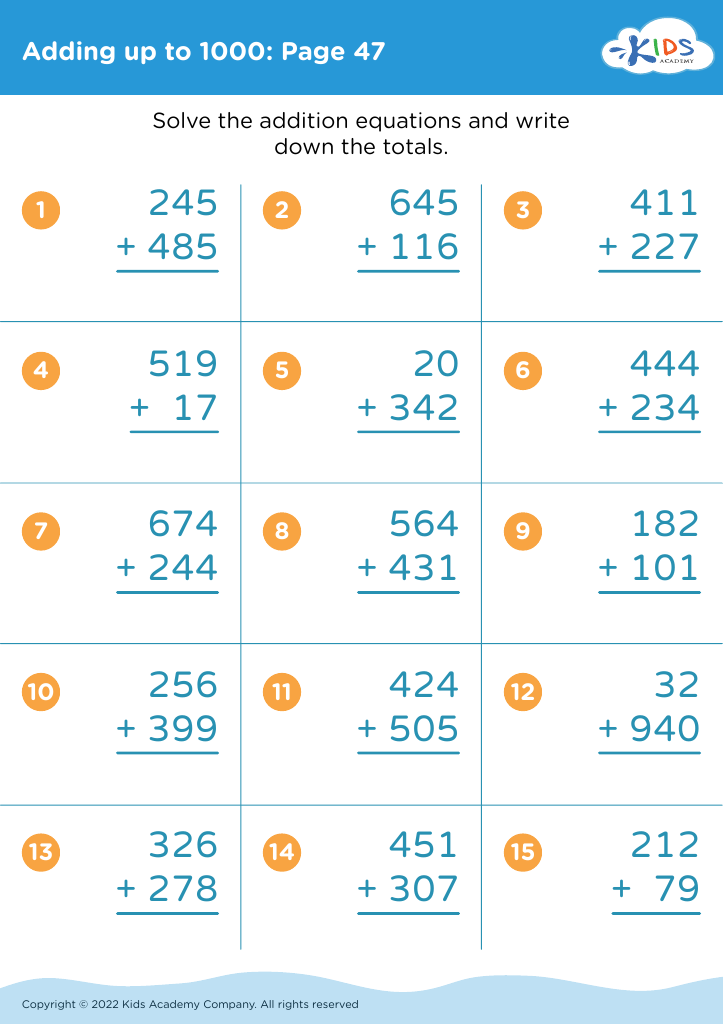
 Assign to My Students
Assign to My Students
